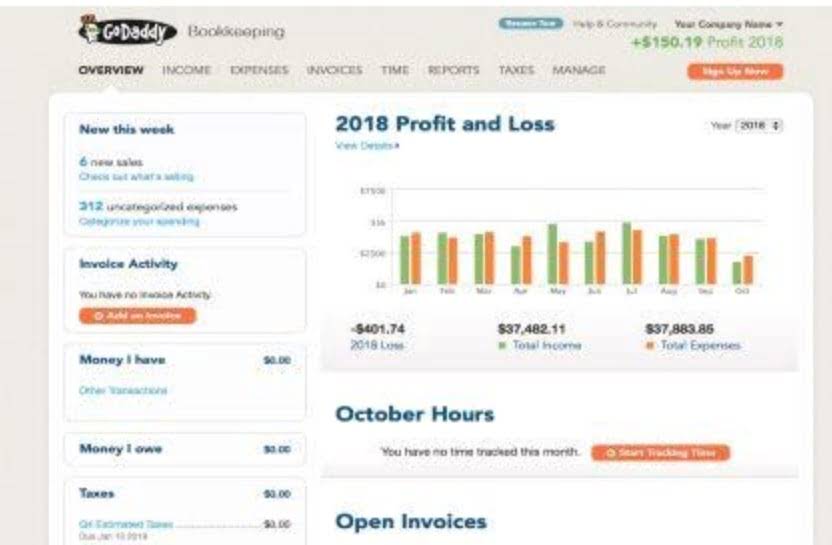
But if you’d like to dig deeper and shed light on how costs affect your profit, a contribution format income statement can help. After further work with her staff, Susan was able to break down the selling and administrative costs into their variable and fixed components. (This process is the same as the one we discussed earlier for production costs.) Susan then established the cost equations shown in Table 5.5 “Cost Equations for Bikes Unlimited”.
AccountingTools
The marketing department with the cooperation of research and development department has proposed the production of a new product. Because of limited resources, the new product can only be manufactured if one of the existing products is dropped. The following examples explain the difference between traditional income statement contribution margin income statement and variable costing income statement. This statement is not used for financial reporting, but uses the information generated by creating your financial statements to determine your net profit or loss for the period. Net profit is making more than you spent in the period, and net loss is spending more than you made.

Analyzing Net Profit Margin
This information is often shared in income statements for external review, showing how the business is doing overall. Variable expenses are costs that change when a company makes more or sells more stuff. These can include things like materials for products or costs for making the item. First, we need to understand the difference between sales and variable costs to see if a company is making money.

Differences Between Traditional and Contribution Income Statements

Refer to panel B of Figure 5.7 as you read Susan’s comments about the contribution margin income statement. An income statement would have a much more detailed breakdown of the variable and fixed expenses. Variable costs are not consistent and are directly related to the product’s manufacture or sales. They tend to increase as a company scales products and decrease with production. Some other examples of fixed costs are equipment and machinery, salaries that aren’t directly related to the product’s manufacturing, and fixed administrative costs. As a business owner, you’ve likely prepared a traditional income statement, with the usual line items for revenue and expenses, with net income on the bottom line.
Companies are generally required to present traditional income statements for external reporting purposes. To calculate the cost per uni, all you need to do is divide the total amount by the amount of units. Usually, you have to calculate the cost per uni of direct materials, direct labor, variable overhead, and fixed overhead. An indirectcost (expense) is not traceable to a given cost object buthas been allocated to it. Accountants can designate a particularcost (expense) as direct or indirect by reference to a given costobject. Add fixed overhead and fixed selling and administrative to calculate total fixed cost.
- While the contribution margin shows the money left over for paying fixed expenses and profit, income is the total of a company’s revenue, other investments, and losses.
- In short, understanding variable costs and how they relate to the contribution margin is key for any business.
- In a different example than the previous one, if you sold 650 units in a period, resulting in $650,000 net profit, your revenue per unit is $1,000.
- If your total fixed production expenses were $300,000, you’d end up with ($50,000) in net profit ($250,000-$300,000).
- This guide will break down what a contribution income statement is, its components, and how it differs from a traditional income statement, with examples to enhance understanding.
Income statement format.
Understanding the Contribution Income Statement: A Comprehensive Guide

